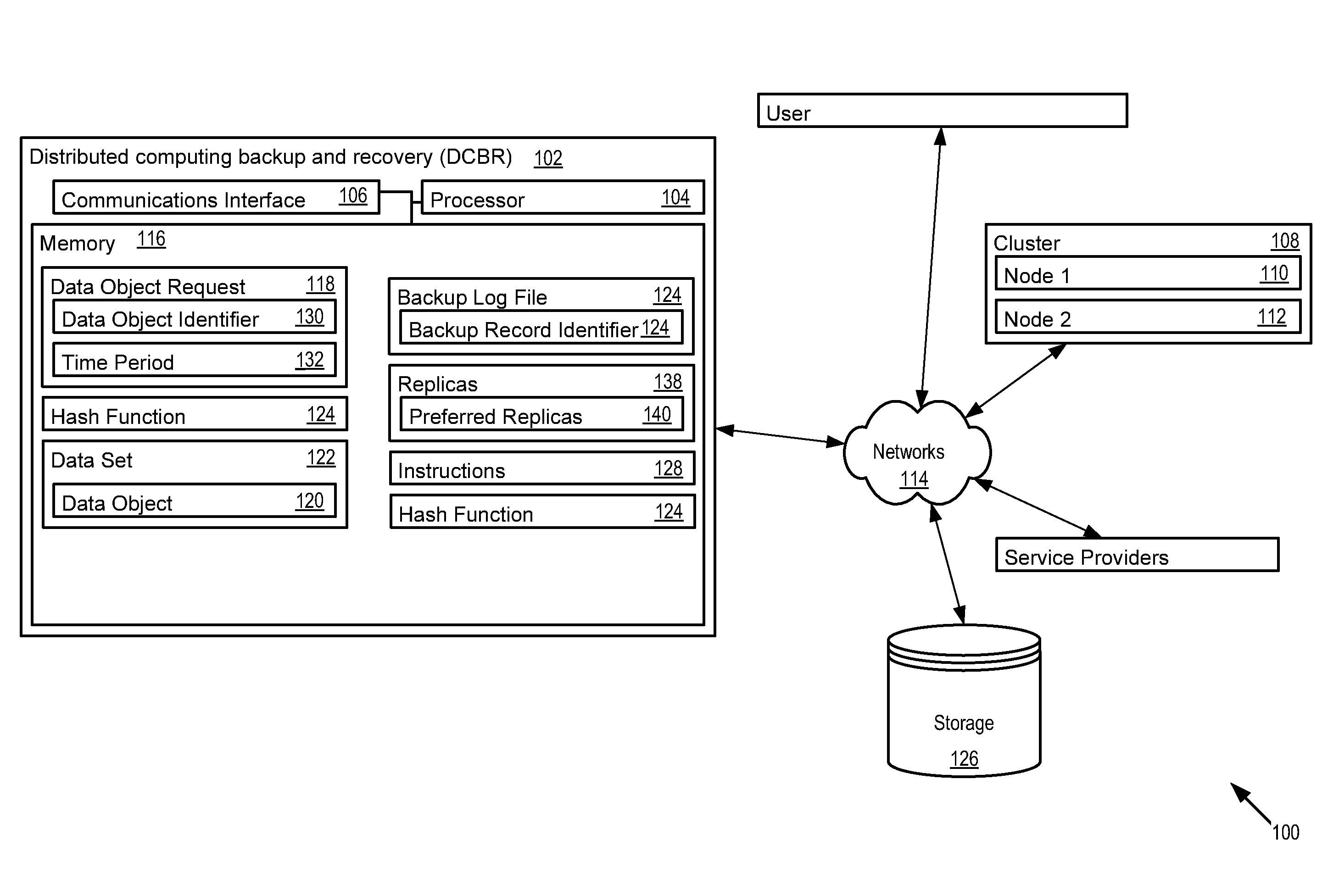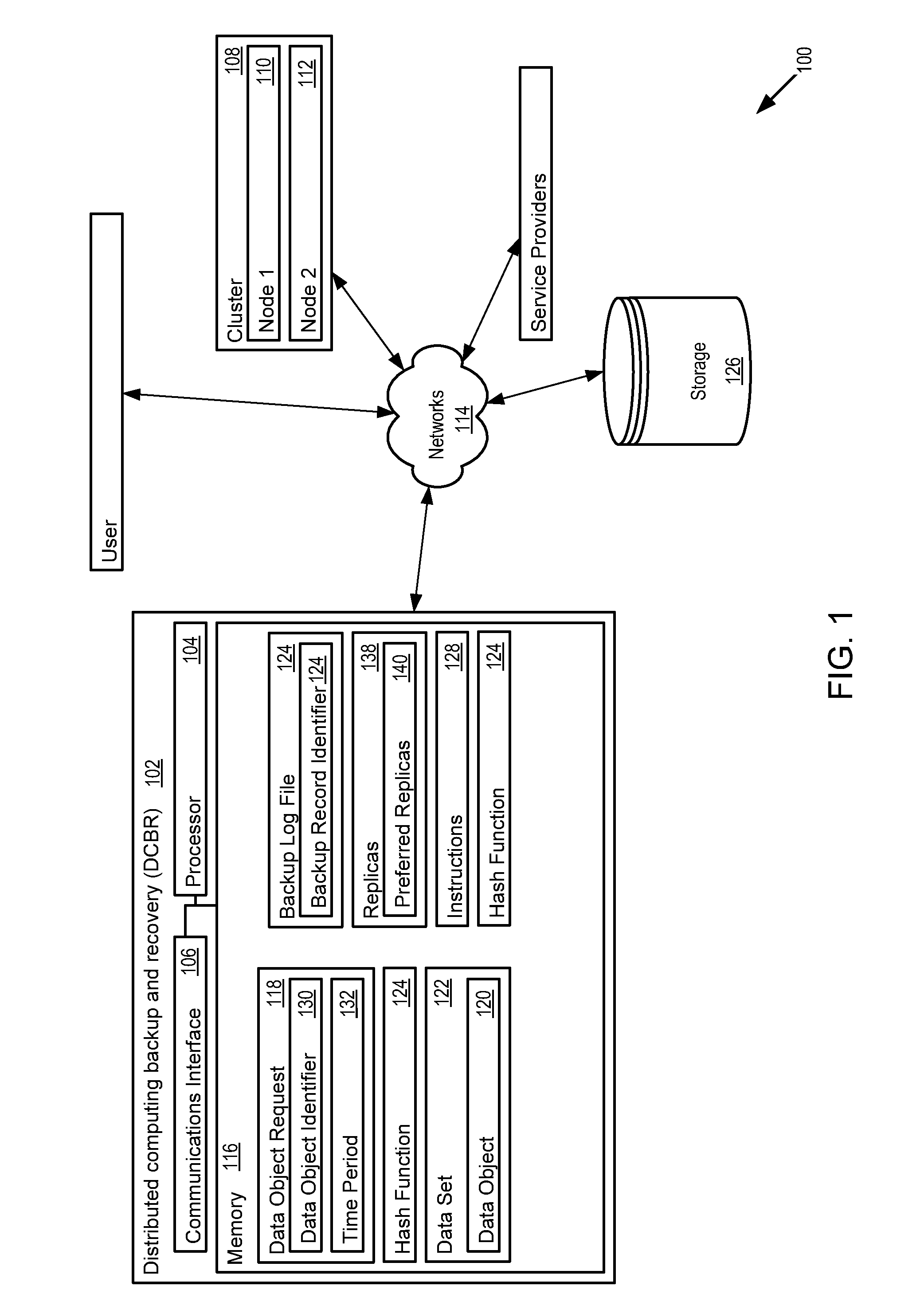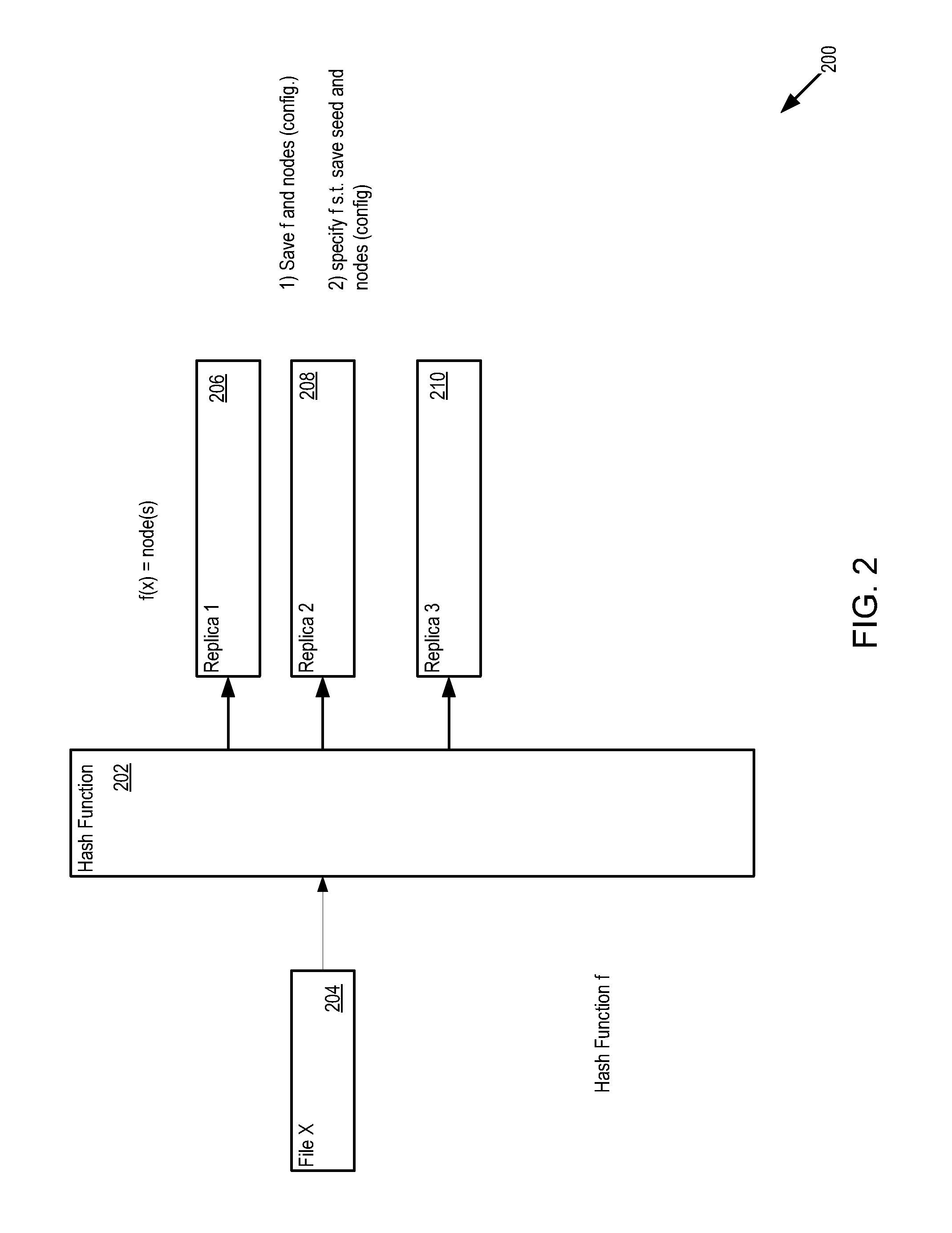Distributed computing backup and recovery system
a technology of distributed computing and recovery system, which is applied in the direction of database distribution/replication, error detection/correction, instruments, etc., can solve the problems of large datasets in the cloud environment, failure of replication alone to render the idea of backup moot, and failure of built-in replication within the edp to address the persistence use-case for backup,
- Summary
- Abstract
- Description
- Claims
- Application Information
AI Technical Summary
Benefits of technology
Problems solved by technology
Method used
Image
Examples
Embodiment Construction
[0017]The principles described herein may be embodied in many different forms. Not all of the depicted components may be required, however, and some implementations may include additional, different, or fewer components. Variations in the arrangement and type of the components may be made without departing from the spirit or scope of the claims as set forth herein. Additional, different or fewer components may be provided.
[0018]FIG. 1 shows the distributed computing backup and recovery (DCBR) configuration 100. The DCBR configuration 100 includes a distributed computing backup and recovery (DCBR) system 102 and for distributed computing models (e.g., NoSQL). The DCBR system 102 includes a processor 104, a communications interface 106, a cluster 108 of computing nodes 110, 112 in a computing environment, the communications interface 106 is controlled by the processor 104 connected to a network 114 in the computing environment, and a memory 116 coupled to the processor 104. The DCBR s...
PUM
 Login to View More
Login to View More Abstract
Description
Claims
Application Information
 Login to View More
Login to View More - R&D
- Intellectual Property
- Life Sciences
- Materials
- Tech Scout
- Unparalleled Data Quality
- Higher Quality Content
- 60% Fewer Hallucinations
Browse by: Latest US Patents, China's latest patents, Technical Efficacy Thesaurus, Application Domain, Technology Topic, Popular Technical Reports.
© 2025 PatSnap. All rights reserved.Legal|Privacy policy|Modern Slavery Act Transparency Statement|Sitemap|About US| Contact US: help@patsnap.com



